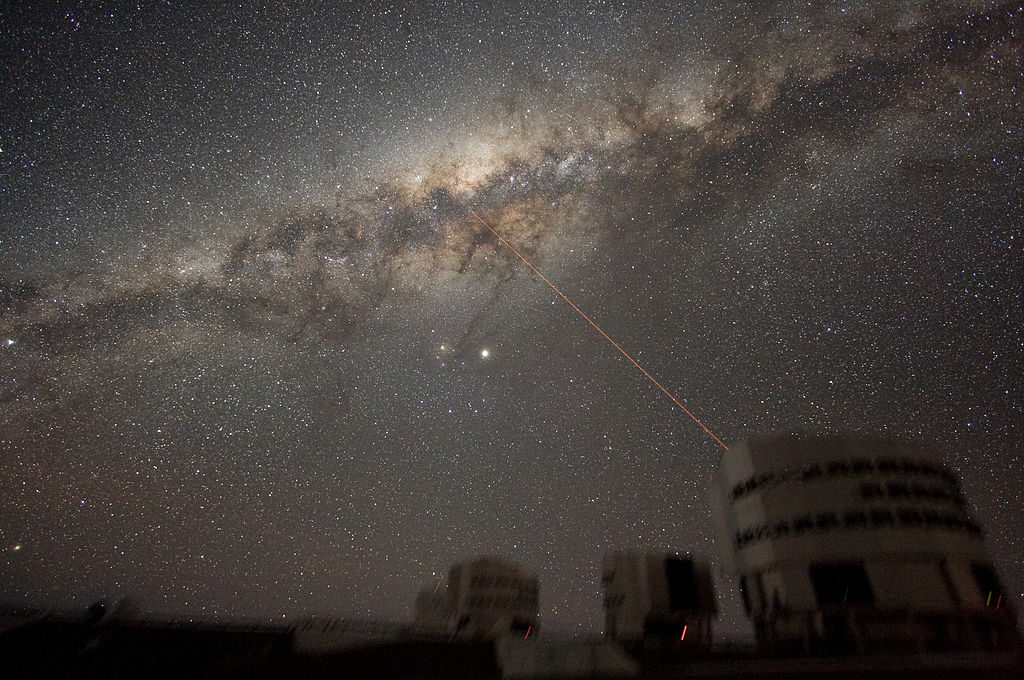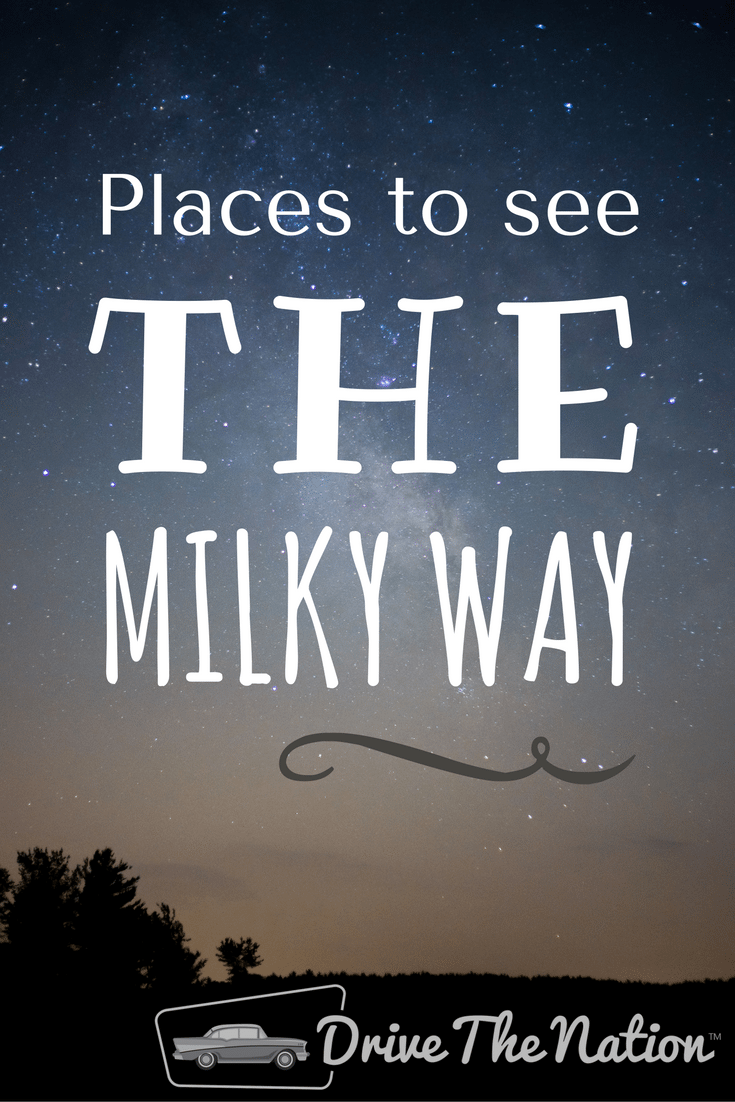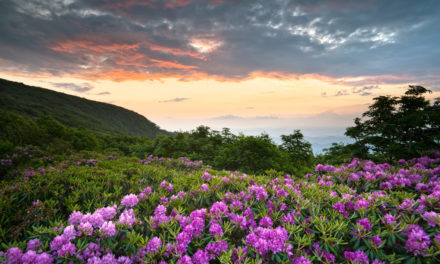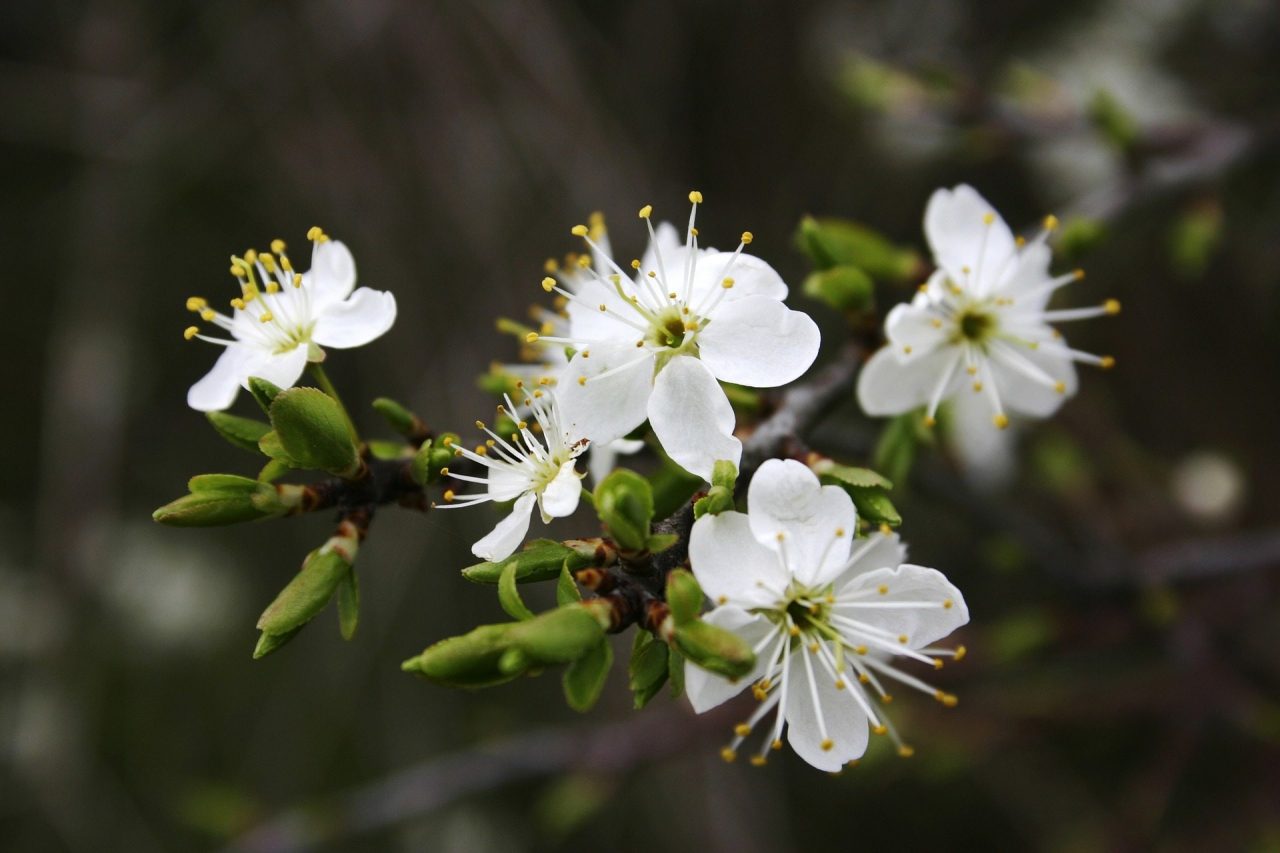Now that autumn is upon us, it’s time for chilly nights and gazing up at the stars! The crisp, cooler air makes for some unforgettable sights. You’ll love being able to see Sagittarius, Saturn, Mars, and more from the comfort of a blanket on the ground.
Some people don’t quite grasp what the Milky Way is; after all, if you look up at night, it can all look the same. But we’re actually inside of the Milky Way, the galaxy where our solar system calls “home”. It gets its name from the collection of stars that look like a streak of milky-white light. Due to Earth’s positioning, the Milky Way is best viewed in early fall, especially depending on where you are looking up from.
Unfortunately, the vast majority of the United States has too much light pollution to enjoy the night sky. In September, the best time to star gaze is when the moon is in its third quarter (half moon transitioning to new moon), and between sunset and 9 pm. The up side is you can enjoy the night sky without having to stay up too late.
Some cities are better suited for seeing the night sky than others. When you want the best in Milky Way views, these cities can’t be beaten.
St. George Island, Florida
This sleepy beach getaway and state park is less than two hours away from Tallahassee and just outside of Apalachicola. Because of its remote location on the Gulf of Mexico, you’ll surrounded by water, Tate’s Hell State Forest, and inland lakes and rivers. This limits the light pollution, giving a great view of the night sky that’s hard to come by in other resort areas of the state. There are dark skies for miles, making for an unforgettable night of stargazing. Enjoy the sun and Gulf during the day and the Milky Way at night!
Bald Head Island, North Carolina
What makes stargazing difficult in this day and age is finding remote areas that haven’t been overbuilt. But it doesn’t get much more remote than Bald Head Island. The island is only accessible by ferry, or by private yacht. No cars are allowed on the island – only bicycles, golf carts, and trams. As a result, the only light pollution is from the small amount of homes lining the shores. The island is 12,000 acres, 10,000 of which are the beach, marshes, and natural preserves. With such a small amount of light, and other pollution, you’ll be able to clearly watch the night sky with soothing sounds of the ocean.
Cherry Springs State Park, Coudersport, Pennsylvania

The sky at Cherry Springs State Park, the second International Dark Sky Park and the first
in the eastern US, is so dark that the Milky Way casts a visible shadow.
Cherry Springs State Park is only about 20 minutes away from the town of Coudersport and it has some of the best views of the Milky Way in the northeast. Cherry Springs State Park is located about one day’s drive from Boston and New York. The International Dark-Sky Association declared Cherry Springs a Dark Sky Park for its low light pollution. The staff at the park lead nightly stargazing tours, perfect for amateurs and experts alike. There are even stargazing parties held in early fall to maximize your Milky Way experience with other enthusiasts.
The Headlands, Mackinaw City, Michigan
The Headlands is a picturesque nature park in Emmet County, Michigan, just outside of Mackinaw City. It became one of the original 10 Dark Parks back in 2011, and since then has been giving uninhibited views of the Milky Way. The 550-acre park is home to wetlands and wildlife to admire as you hike through during the day and some of the best views of the night sky in the Midwest.
The best part of choosing the Headlands as your next stargazing destination is it never closes. The park is open all day, every day, free of admission. And if you want to stay longer than a few hours, the park has one facility for rent, the Guest House, which has four rooms and can fit up to 22 guests. Whether you’re there to see the wildlife as you hike or the Northern Lights at night, it’s hard to beat a trip to the Headlands!
Lost Trail Pass, Montana
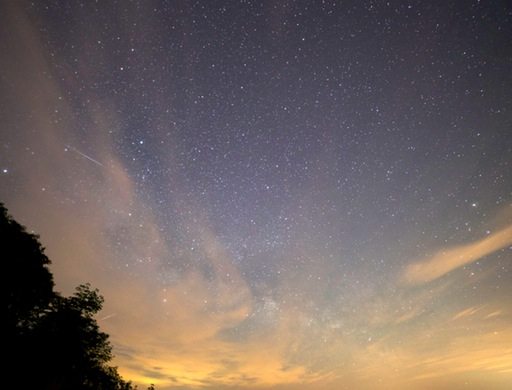
If you thought Big Sky Country was beautiful during the day, you’re in for a real treat at night. Nestled in the Rocky Mountains on the Idaho border, Lost Trail Pass has some of the best views of the Milky Way in Montana (and by association, Idaho). Surrounded by snow covered mountains and trees, stargazing spot is ideal for getting great pictures of the night sky. Lost Trail Pass is over 7,000 feet above sea level, bringing you closer to the heavens and surrounding you with Bitterroot National Forest, the Selway-Bitterroot Wilderness, and West Goat Peak. Very little light pollution is going to interrupt your evening, and they even have great skiing during the day.
Grand Canyon, Arizona
As one of the best-know parks and landmarks in the world, the Grand Canyon is now a Dark Sky Park. It will receive this full designation in 2019 for the parks’ 100th anniversary.
The Grand Canyon is breathtaking during the day, but at night it seems to be even more alive. The park even offers night tours, talks, and Star Parties to make the viewing experience even better. With an intense hiking experience during the day and unforgettable Milky Way views at night, a trip to the Grand Canyon is not to be missed.

